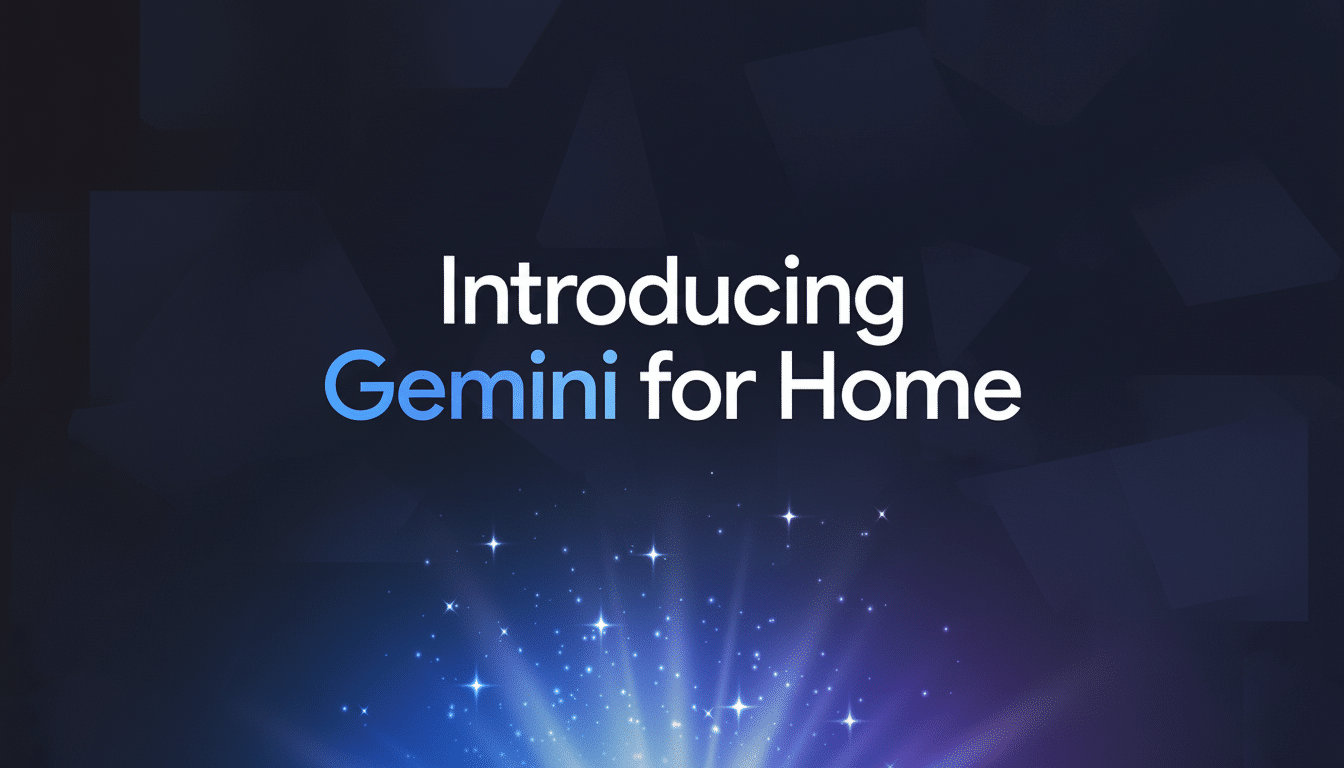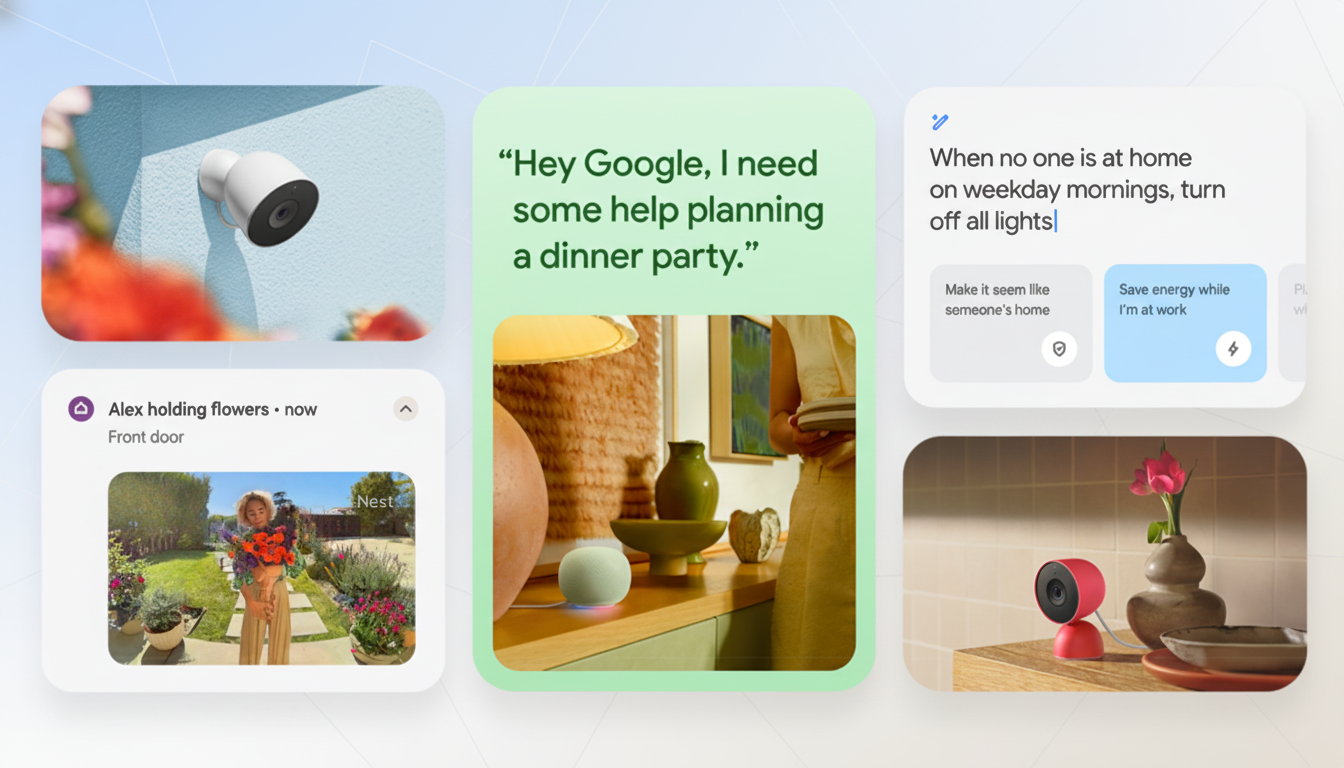Google is offering more detail about how Gemini for Home will reach Nest speakers and smart displays, in response to widespread questions about who’s getting access first, why some homes are seeing the update while others aren’t — and what users can do to move up in line. The company’s latest guidance emphasizes a calculated, household-by-household rollout it developed to minimize disruption when moving from Google Assistant to Gemini on smart home devices.
United States receives first access in initial rollout
First off, the first wave of this is going to focus on users in the US, Google Nest announced in a Community update. Eligibility is based on the home address defined in the Google Home app instead of just your account profile. If your Home app shows a US address, this means that you’re part of the first wave of the rollout — international markets come next (after the US version has been rolled out at scale).

Early data indicates broad interest but slow penetration thus far: in a recent survey of smart home users, 89% said they had not received Gemini on their Google Home devices. That’s also consistent with a staggered, controlled launch that was as much about stability and gathering feedback as it was about a single flip-the-switch moment.
Rollout is home-based rather than account-based
One of the most confusing aspects is why users perceive Gemini in one property but not another, even when they are logging into the same Google account. Google says that access is being provided at the “home” level in the Google Home application. If you control multiple homes — say, a primary residence and a vacation place — each home will be invited separately when it’s eligible. That means one home might have the upgrade weeks before another, and you’ll receive different notifications for them.
That’s in keeping with Google’s Home Graph, which models devices and automations by household. It also decreases the chance of conflicting behavior between rooms or routines during a significant assistant migration.
How to increase your odds of early Gemini access
If you’re anxious to get your hands on Gemini early, Google recommends the two easy steps below.
- Sign up for early access inside the Google Home app.
- Verify that your home address is both accurate and US-based if you’re in the first market.
Staying on top of updates for your Nest speakers and displays, and keeping them online, will help your devices connect right away once your home is whitelisted.

Feedback is key to the Gemini for Home rollout
Google is actively seeking feedback on little gaps where Gemini isn’t quite up to par with Assistant on some requests. The company’s FAQ notes that misses should be reported in real time: users “should immediately report” them by saying “Ok Google, send feedback,” and then describing the exact query that seems not to have worked or done what you intended. Specific repro steps are typically most helpful for common operations such as:
- Timers
- Media playback controls
- Smart home routines
- Multi-step conversational queries
This feedback loop offers a signal that Google is placing emphasis on real-world reliability and plans to iterate as rapidly as possible based on the types of requests people are most likely to make at home.
Compatibility and premium features for Gemini for Home
Gemini for Home is coming to Nest and Google Home speakers and smart displays released after 2016. While the basic assistant functionality is there, certain premium features — including Gemini Live — require a Google Home Premium subscription that starts at $10 per month. As is the case with any platform switch, feature parity will change and expand; Google says the offering might wind its way onto more device types and functions as the rollout progresses.
What to expect next in the Gemini for Home rollout
In the short term, anticipate a growing but slow cadence across the US as more homes continue to light up from week to week. International markets are on the roadmap following the initial wave and, if you’re outside of the US, keep an eye on the Google Nest Community and product FAQs for more details about availability in your region.
Bottom line: Gemini for Home won’t be a one-day swap, but rather it will take a couple of months to fully transition over. Check your Home app address, sign up for early access, and send feedback using the tools in the app. The more households that stress-test the new assistant, the faster Google can iron out edge cases and release a more capable, conversational experience throughout the smart home.

